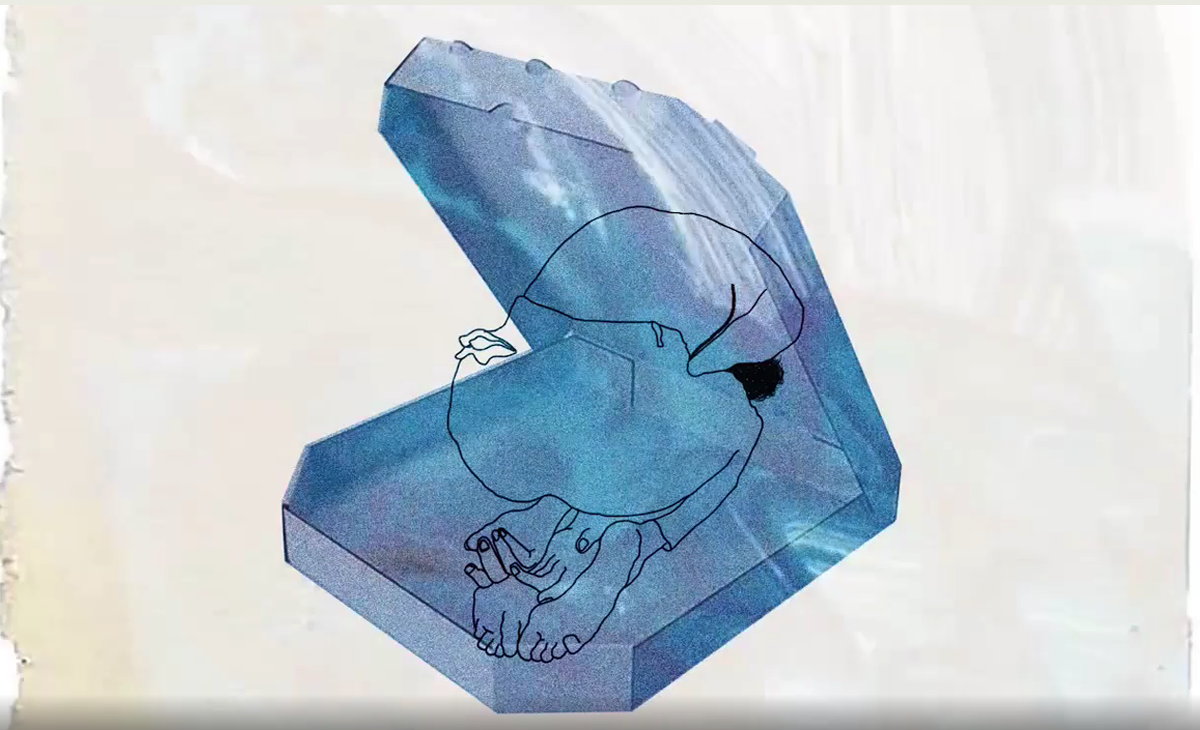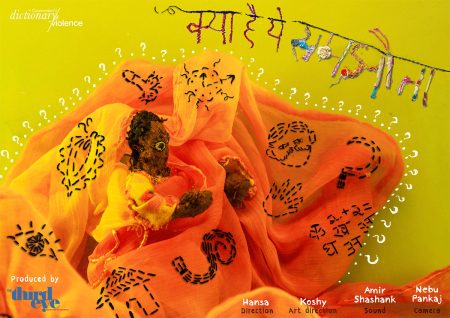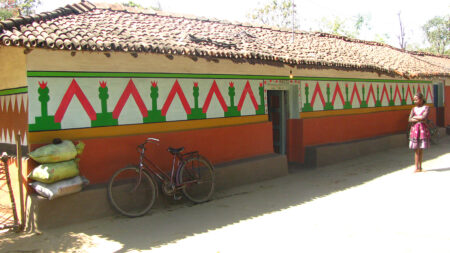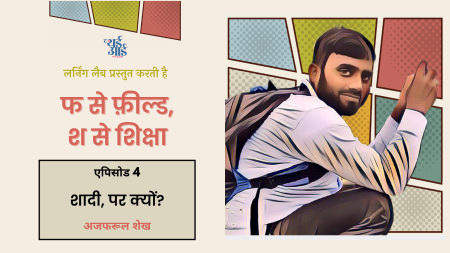Animator Gaurav Ogale developed Together We Can as part of a series of 12 collaborative pieces developed with artists under lockdown. With Rajkummar Rao’s voice, Paritosh Tripathi’s script and his animation, this “blink and miss on Instagram – you know, it’s short enough to keep up with how fast your fingers scroll” – went viral.
We asked Gaurav to articulate his process and give insight on how each of us can cultivate an artistic vision.
What’s the one emotion you wanted to translate in visuals, or a major takeaway for anybody who watches the film?
With the migrant crisis, it was not about one particular thing. I feel when you live in a particular place, you are not just part of the place:you are part of the place, the people, culture, politics, language, anything that defines it – not just physically but emotionally and intellectually. When you are suddenly separated from that space, you are asked to leave, or when you decide to leave the place, you also lose this sense of belonging that you have tried to build for yourself, or for your community, over many, many years.
That is something that stuck with me; I just wanted to leave people with a sense of what it may be like when you lose that sense of belonging.
Which was the first image during the great exodus that you remember, the one that you may have kept coming back to while making this piece?
There was one visual which will always stay with me, which was of a little boy sleeping on the suitcase being wheeled by his parent. In my mind, migration is millions and millions of feet walking aimlessly;they don’t know where they are going because not everyone has a home to go back to.
There are so many images of people walking, people carrying each other on their shoulders, or there were families who walked for days and months together to reach where they were trying to reach.
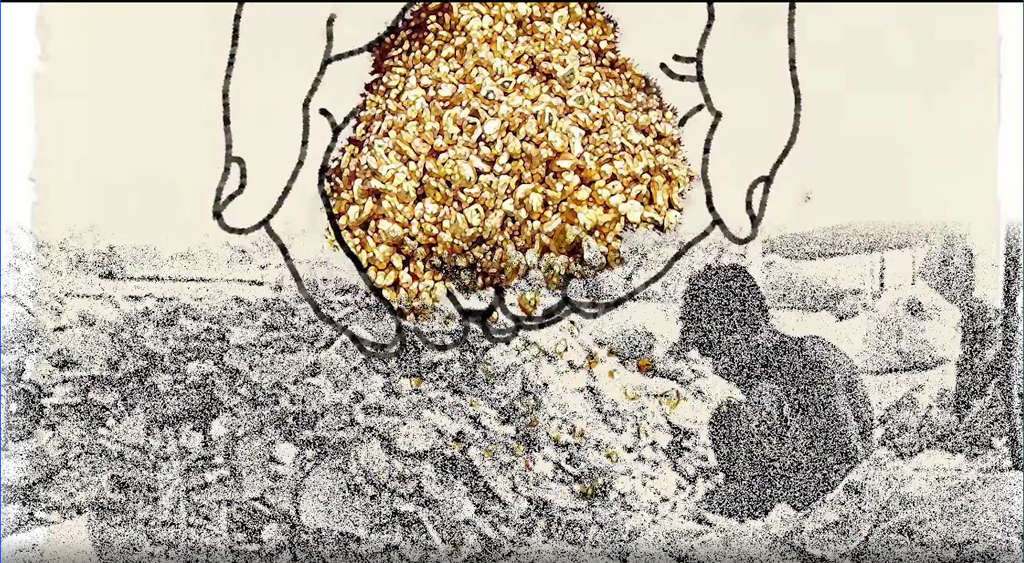
In your mind, you are going back to your home but it also makes you think about what you built and left behind, so basically you are also figuring out the real definition of home - something we all are trying to do.
Also Watch: Tasveer, written, animated and directed by Ashutosh Pathak – @daffymonk
For those who feel they express themselves, or interpret the world through drawing or images, how would you tell them to refine their gaze?
Personally, I look at objects, old photographs, something that I have never seen before and I try to place it in a scenario, say when I look at a mug, where did I buy it from? Did someone give it to me? When was the first time I saw this mug? Was there any story around it? Does it say something to me? Why is it of a particular colour and why has it been in my home for so many years? Does it have any cultural or emotional significance to it? The more you dissect, the deeper you go into things.
Workshop
1. This is an outdoor, group exercise. Give the group a particular theme or a word, ask them to find association in objects/ things. Ask the group to get you an object that makes them feel in a particular way, or is in keeping with the story you are trying to develop. For instance – if you ask, where do they see hope, in what object, somebody might bring nothing or they might bring pebbles, feathers, flowers or branches with leaves. Giving characters to objects is very important; it’s like a starting point in storytelling for me.
2. Now, tell them to write 10 things about why they got it, for instance – a particular flower, what does it make them feel, the colour, the texture of it. If that object is taken out from that scenario, where else can it fit? You start removing people, objects from where they belong and you start putting them somewhere else, then you start building new narratives around them.
3. Ask everyone to take a photograph of a space, project it on a big screen, and ask them to build an imagined personality around that space. Who is the person living in that space? What does that person do for a living, what are their hobbies and passions? Ask them to pick an object from that photo and cook up a story around it. They start building narratives around it and in the end, you ask the photographer to reveal the actual information about the space. The meeting and parting points between the real and the imagined could lead to interesting conversations.
4. Making familiar things look strange, as a visual exercise. Ask the group to take shots from a perspective where usual things, spaces or subjects look different. For instance, if a tree is their subject, they go very close, start with textures, and then slowly reveal the tree in its entirety towards the end of the shot. This exercise can also be done as a series of single images, with the final image revealing the subject.
5. Make the participants sit in a circle. Ask each participant to sing/narrate an excerpt of a folk song. The language and tune is no barrier. After each person is done singing two lines each, ask them to try and find resonance with someone else’s song/tune. Once they start finding continuity of sorts, they will start linking the songs even though they are in different dialects. This exercise will help them develop an understanding of collaboration and the act of listening and association. Together they can then jam and develop a song that has no specific language or tune.
6. Each person gets five objects from their home that define their space – cup, saucer, utensil, dupatta, mirror, small artefact, etc. Now they display it each in a form of a composition – upside down cup with dupatta on it, for example. Each person displays their compositions. Now, everyone gathers in front of each installation and tries to look at it through the following lens:
- What is the overpowering colour?
- What kind of colour palette is there in this particular home?
- Does it talk about the members of the family or their personality, ask them to trace the trajectory of the object in depth. Our personal history is important to figure where we come from and what we become and do because the journey has to start from within. The art has to always come from within.
- Now pick one object and displace it. Try to see if this object was not here, then which other composition will it easily fit in? Then try to learn how and why the object fits in and how aesthetics can be translated and interpreted, irrespective of cultures and languages.


